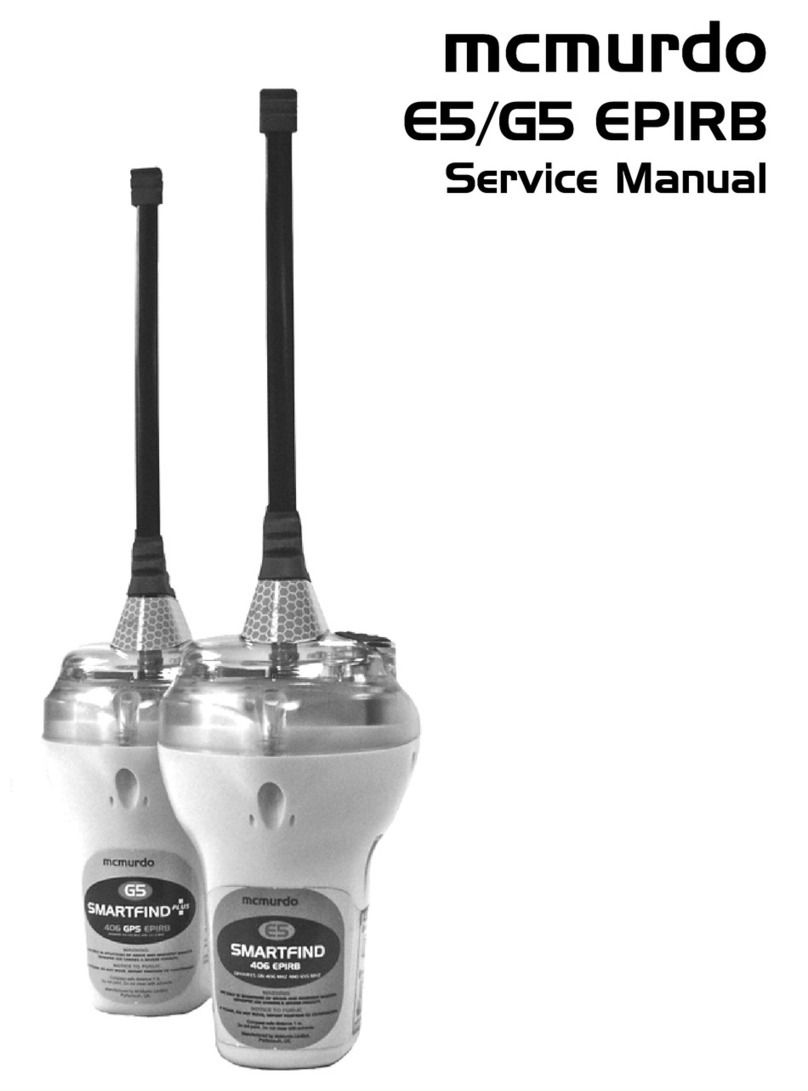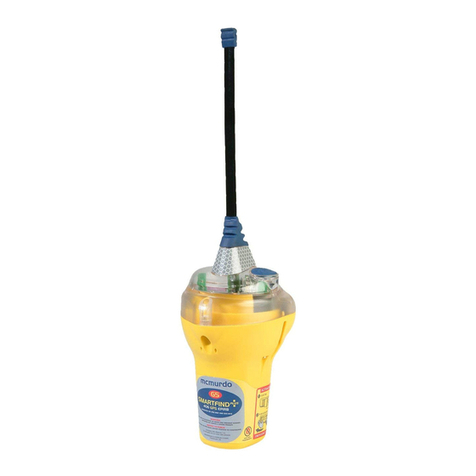Contents
Recommendations and Safety Notices.......................................1
Registration and licensing...........................................................2
Quick Checklist ...........................................................................3
Introduction .................................................................................4
Preparation for Use.....................................................................4
Operation ....................................................................................5
Self-test .............................................................................................5
Emergency operation ........................................................................7
Switching off......................................................................................8
Using the PLB in an emergency .................................................9
How does it work?.....................................................................10
PLB Registration .......................................................................11
COSPAS-SARSAT Satellite System.........................................12
Indicators...................................................................................14
Fastfind (non-GPS version).............................................................14
Fastfind Plus (integral GPS version) ...............................................15
False Alarms and Complete Deactivation.................................17
Service and Maintenance .........................................................18
Before use.......................................................................................18
After use..........................................................................................18
Inadvertent Activation......................................................................18
Battery Packs ............................................................................18
Spare Parts .....................................................................................19
Service ............................................................................................19
Verification ......................................................................................19
Specification..............................................................................20
McMurdo Limited Product Warranty .........................................22
IMPORTANT
Please take time to read this manual carefully and
to understand its contents fully, so that you can
maintain your PLB and operate it correctly in case
of an emergency





























